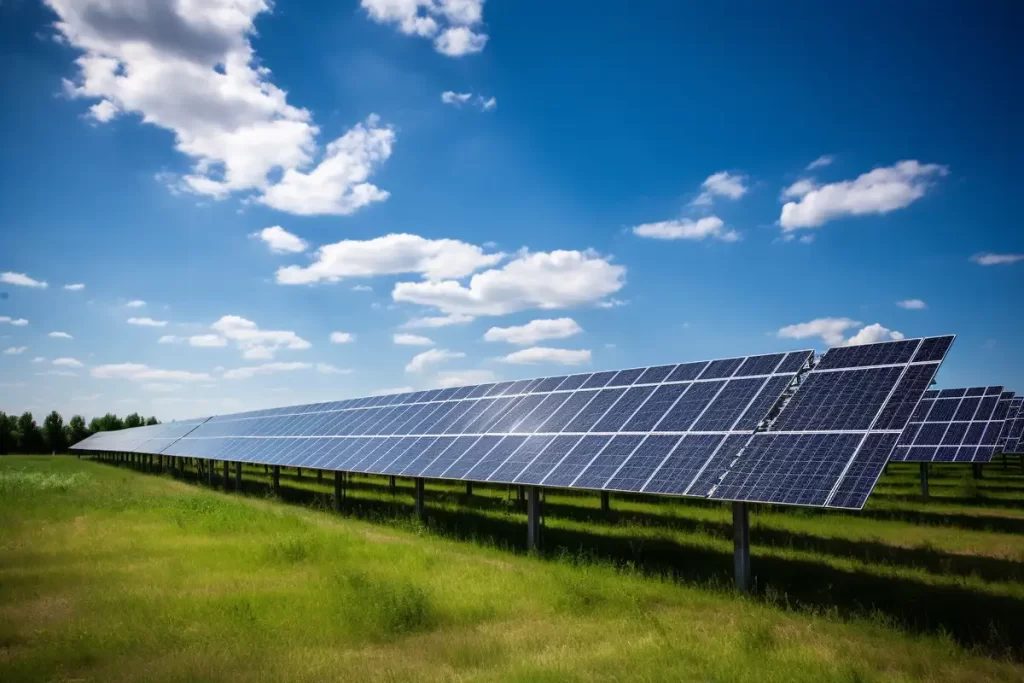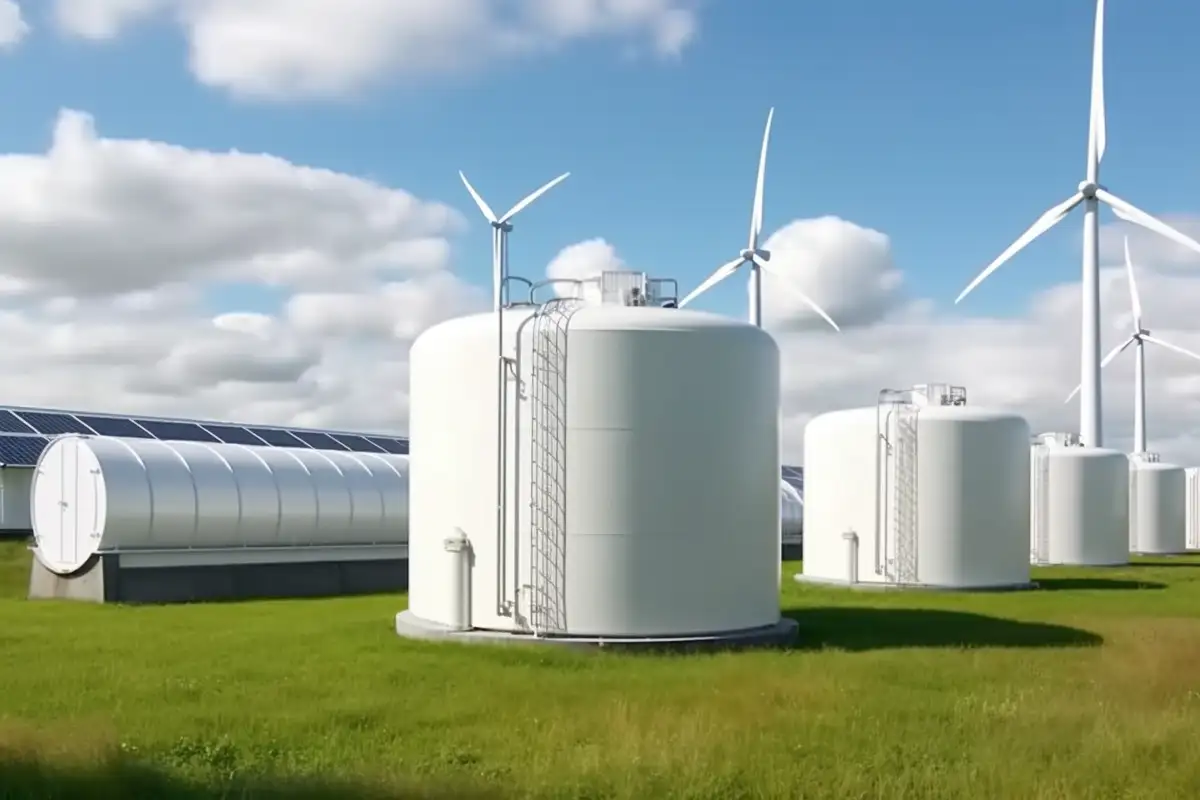Hydrogen is gaining momentum as a clean and sustainable energy carrier. As the world shifts towards renewable energy sources, green hydrogen produced through electrolysis has become an attractive alternative to fossil fuels. To help you understand the economics of hydrogen production, we’ve created a simple calculator that takes into account key parameters such as electrolyzer efficiency and wholesale electricity prices. In this blog post, we’ll walk you through the calculations and assumptions behind our calculator in a friendly and easy-to-understand manner.
The following calculator allows users to input electrolyser efficiency, average wholesale price for 24 hours, and average wholesale price during off-peak hours. It calculates the cost of hydrogen production for both 24-hour and off-peak operation using the given inputs and displays the results on the page.
Hydrogen Production Cost Calculator
Energy density of hydrogen
Hydrogen is known for its high energy density. We found that hydrogen has an energy density of 33.3 kWh/kg, or 120 MJ/kg [1]. These two units represent the same value and are used interchangeably. Our calculator considers this energy density when determining the cost of hydrogen production.
Electrolyzer efficiency
Electrolyzers are devices that convert electricity into hydrogen through a process called electrolysis. The efficiency of an electrolyzer indicates how much of the input energy is converted into hydrogen. In our calculator, we use a default value of 75% (0.75) based on the Siemens Silyzer 300, a modern electrolyzer [2]. However, you can input your own electrolyzer efficiency value if you have different data.
Energy required for hydrogen production
To calculate the energy required to produce hydrogen, we divide the energy density of hydrogen (33.3 kWh/kg) by the electrolyzer efficiency. For example, if the efficiency is 75%, the energy required to produce 1 kg of hydrogen is 33.3 kWh/kg / 0.75 = 44.4 kWh/kg.
Average wholesale electricity prices
The cost of hydrogen production is heavily influenced by the price of electricity [3]. Our calculator considers two different wholesale electricity prices: one for a full 24-hour operation and another for off-peak hours. You can input your own electricity price values to tailor the calculations to your specific situation.
Hydrogen production cost calculation
Finally, to calculate the cost of hydrogen production, we multiply the energy required for hydrogen production (in kWh/kg) by the wholesale electricity price (in $/MWh) and then divide by 1000 to convert MWh to kWh. This gives us the cost of hydrogen production per kg. Our calculator performs this calculation for both 24-hour and off-peak operations.
Green Hydrogen Production Methods
Green hydrogen is produced through a process called electrolysis, which uses electricity to split water molecules (H2O) into hydrogen (H2) and oxygen (O2) [4]. The key to making green hydrogen is to use renewable energy sources like solar, wind, or hydro power to generate the electricity needed for electrolysis. Here are some popular methods of green hydrogen production:
- Solar-Powered Electrolysis: This method uses solar panels to generate electricity, which is then used to power the electrolysis process [5]. It’s a clean and sustainable way to produce hydrogen, especially in areas with abundant sunlight.
- Wind-Powered Electrolysis: In this method, wind turbines generate electricity that powers the electrolysis process. Wind energy is an abundant and renewable resource, making this an environmentally friendly option for hydrogen production.
- Hydro-Powered Electrolysis: This method harnesses the power of water to generate electricity for electrolysis. Using hydroelectric dams or run-of-the-river systems, this method offers a clean and reliable way to produce green hydrogen.
Each of these methods has its own advantages and challenges, such as varying efficiencies, costs, and environmental impacts. However, they all share the common goal of producing hydrogen in a sustainable and eco-friendly manner.

Hydrogen Storage and Transportation
Now that we’ve covered the basics of green hydrogen production, let’s discuss the challenges and solutions related to its storage and transportation. Hydrogen is a light and highly reactive gas, which makes it tricky to store and transport. Here are some common methods for dealing with these challenges:
- High-Pressure Tanks: Hydrogen can be compressed and stored in high-pressure tanks, typically at pressures of around 350-700 bar [6]. This method allows for compact storage but requires robust and heavy containers to withstand the high pressure.
- Liquid Hydrogen: By cooling hydrogen to extremely low temperatures (around -253°C), it can be converted into a liquid [7], which takes up much less space than its gaseous form. However, this method requires significant energy for cooling and well-insulated storage tanks to prevent evaporation.
- Metal Hydrides: Hydrogen can be stored in solid materials called metal hydrides, which absorb hydrogen atoms into their crystal structure [8]. This method allows for high-density storage but requires heating the hydrides to release the hydrogen when needed.
Applications of Green Hydrogen
Green hydrogen has numerous applications across various industries, offering a clean and sustainable alternative to fossil fuels. Here are some exciting examples:
- Transportation: Hydrogen can be used as a fuel for vehicles equipped with fuel cells, which generate electricity by combining hydrogen and oxygen [9]. These vehicles emit only water vapor, making them an eco-friendly alternative to conventional gasoline and diesel vehicles.
- Power Generation: Green hydrogen can be used in gas turbines or fuel cells to generate electricity, providing a clean and renewable source of power for homes, businesses, and even entire cities.
- Industrial Processes: Green hydrogen can replace fossil fuels in energy-intensive industries like steel production and ammonia synthesis, reducing greenhouse gas emissions and contributing to a cleaner environment [10].
Conclusion
Understanding the economics of green hydrogen production is crucial for businesses and governments looking to invest in this clean and sustainable energy source. Our user-friendly calculator allows you to input key parameters such as electrolyzer efficiency and wholesale electricity prices to estimate the cost of hydrogen production. Armed with this knowledge, you can make informed decisions about your green hydrogen projects and contribute to a cleaner and more sustainable future.
Give our Green Hydrogen Production Cost Calculator a try and explore the potential of this promising energy carrier!

